How to buy an e-bike: Everything you need to know about electric bikes before you purchase
Everything you need to know about how to buy an e-bike
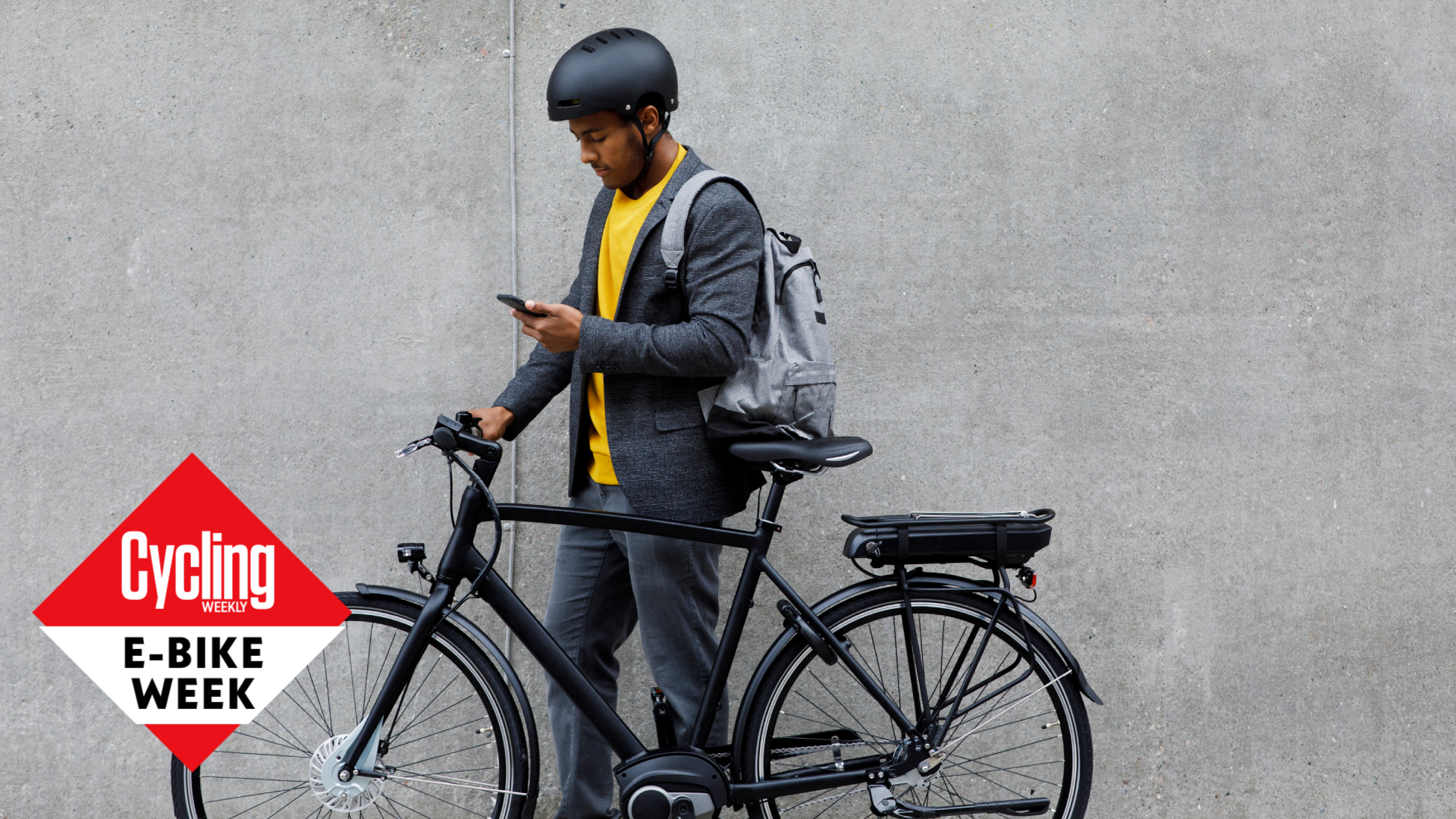
Whether you want to conquer miles on the road, tackle steep and technical terrain off-road or glide your way through town, electric bikes are making cycling far more accessible. However, while their benefits are obvious, we often get asked the question: how do you buy an e-bike? The sophisticated technology they use can confuse the electric bike buying process.
This page will talk about the differences between road, hybrid and mountain e-bikes, it'll discuss the various different motor systems and how they can affect user experience, and how to get the right type for your riding. It will also define terminology such as torque; watt hours, and mid drive motors amongst others. If you're looking for advice on how to buy an e-bike, you've come to the right place.
How to buy an e-bike: Terminology you need to know
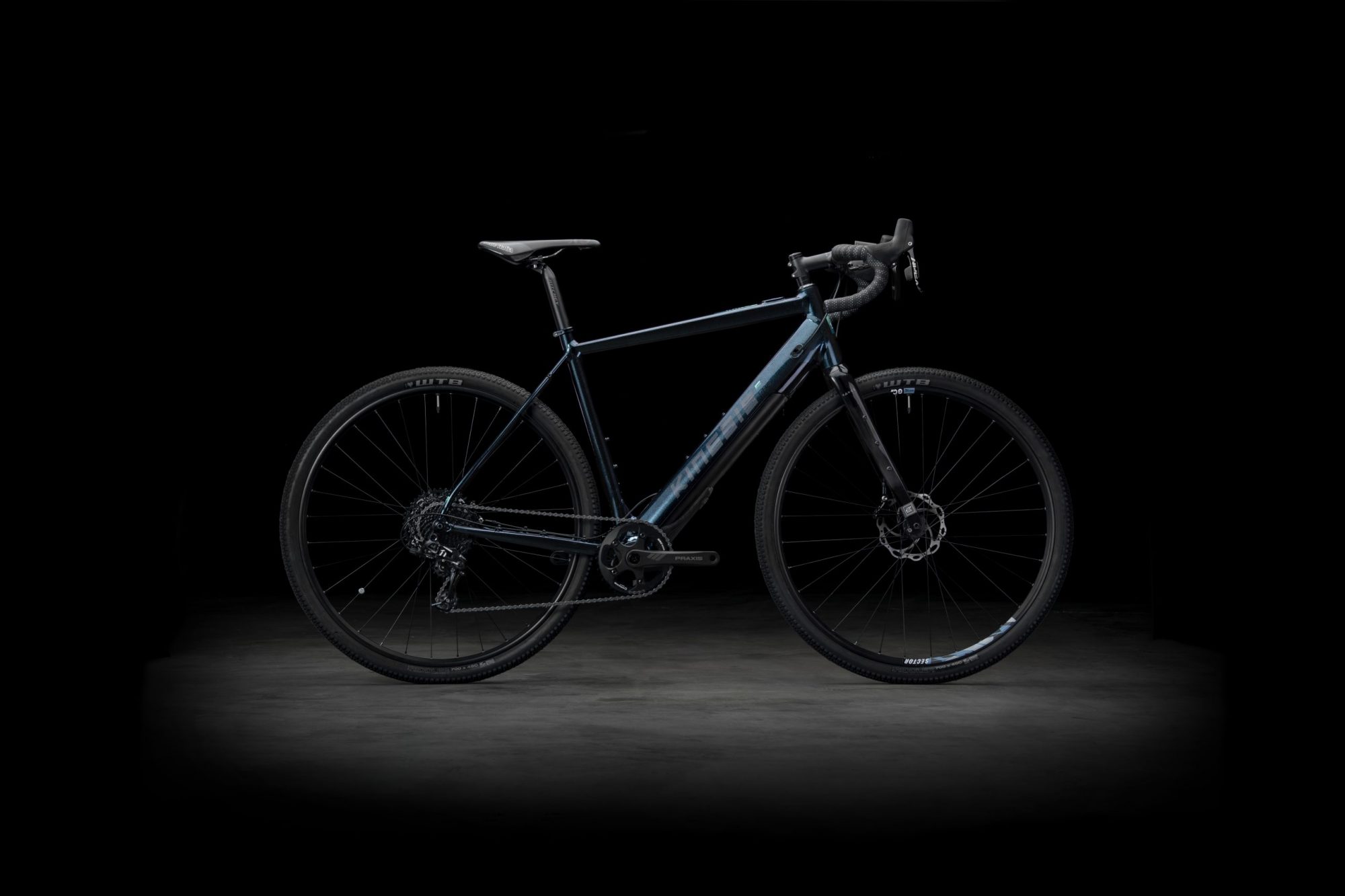
The most confusing thing about e-bikes is the jargon, but working out what it means and how it affects your ride experience is really important.
For starters, electric bikes have a motor and a battery. The motor provides power; legally in the UK, EU and Australia it’s limited to 250w of continuous support but it will be able to boost power by more than that for short bursts.
It’s also capped at 25km/h in Europe and Australia. This support is what’s known as pedal assist, because it makes your pedalling easier. Some brands state assistance as a percentage (usually anywhere between 50% and 300% depending on mode), and others as wattage.
Most motor systems have around three different modes of differing support. Naturally, the more support you receive from the bike, the less range you'll get from the battery.

Torque is mentioned as frequently as power when it comes to talking about assistance. In terms of science, torque is a rotational force around an axis. In this case it is the rotational power of the motor that is used to assist the rider.
The latest race content, interviews, features, reviews and expert buying guides, direct to your inbox!
This is probably the most significant aspect of an e-bike and I’ll talk about this more when we get into the various motors later on, but in short it's what generates the acceleration you feel when you start pedalling.
Finally, watt-hour is a term used to describe the capacity of e-bike batteries. For example, a bike with a 250Wh battery will run for an hour if the motor continuously kicks out 250W, although in practice it will usually run at lower wattage for a lot longer than this.
How to buy an e-bike: Different types

The most common types of electric bikes are e-road bikes, e-gravel bikes, e-hybrid bikes and e-mountain bikes. Each bike uses the same principles that I’ve just discussed but in very different ways to excel at their specific challenges.
For example, e-MTBs typically use systems with higher torque rating, which is particularly important for riding off-road, especially up steep and technical climbs. With a battery and a motor, an e-MTB can effectively operate as an uplift, allowing you to access more descents and feel fresher when you do.
Electric hybrid bikes also benefit from this increased acceleration, especially if riding from stopped in traffic. They’ll also allow you to commute further, with less effort and, crucially, less sweat than a normal bike. You can also get electric folding bikes, which offer the portability of a folding bike with the increased distance a battery and motor offer.
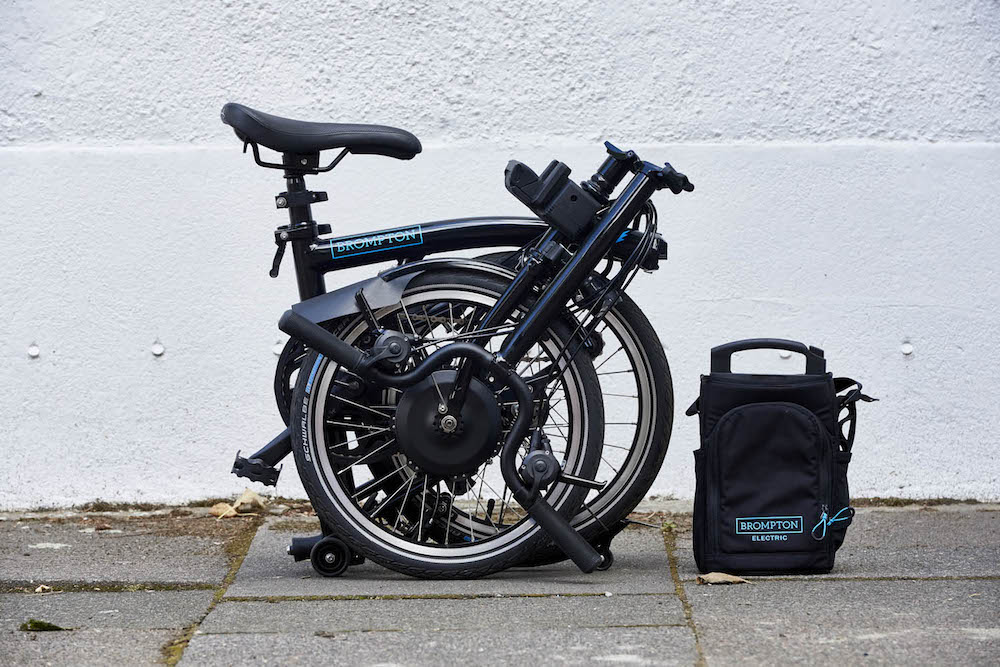
However, acceleration and torque are potentially less important on e-road or e-gravel bikes than range and weight – especially seeing as you don’t necessarily want the bike to do all the work on the hills. Typically e-road bikes have found ways to try and replicate the ‘ride feel’ of road bikes as far as possible.
Brands are very specific when it comes to e-bikes, and will spec different systems for different jobs, including motor placement, power and torque delivery and pedalling resistance. Having a clear idea about what you want from the bike will make the buying process much easier.
Things you should look out for before buying an e-bike
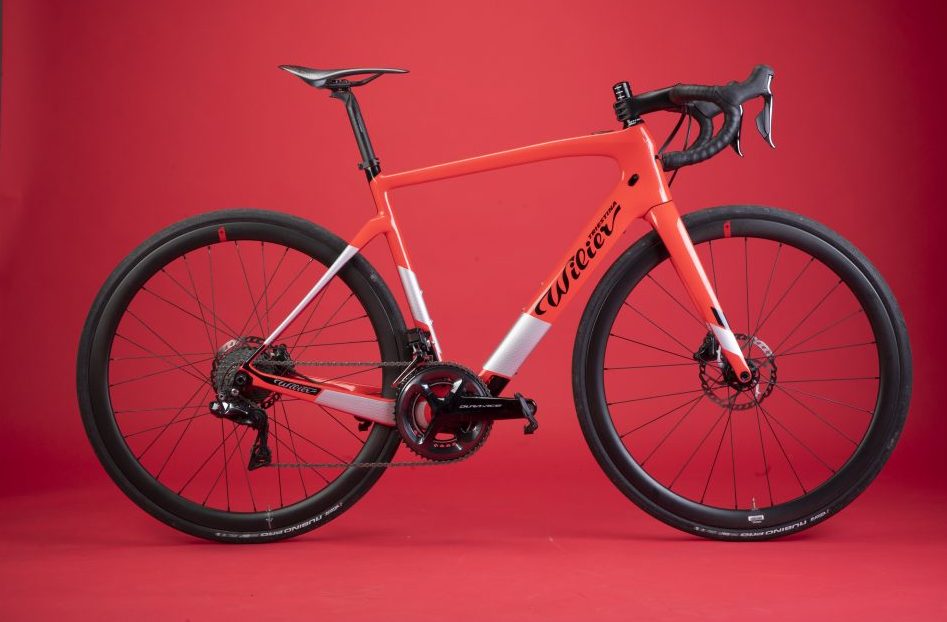
The first is the motor placement on the bike. There are two different types: hub driven and mid-drive.
As the name suggests, hub driven is where the motor sits in the front or rear hub, and the battery lives in the down tube. The biggest name brand in rear hub motors is Mahle with its ebikemotion system, which has been used to great effect on e-road bikes by the likes of Ribble and Wilier, creating a ‘normal looking bike’. Mahle's system also boasts one of the lowest weights of any available.
Some cheaper city e-bikes will often use hub drive motors as well.
Meanwhile mid-drive motors look more bulky but benefit from placing the weight of the unit lower down around the bottom bracket and centrally in the frame.
This is the most common system found on electric bikes and is used by Bosch, Shimano and Specialized amongst others. This type is commonly found on electric mountain bikes as positioning the motor and battery unit low down improves stability and the bike’s handling. Another benefit is that these motors work in “synergy” with your gears, increasing overall efficiency.
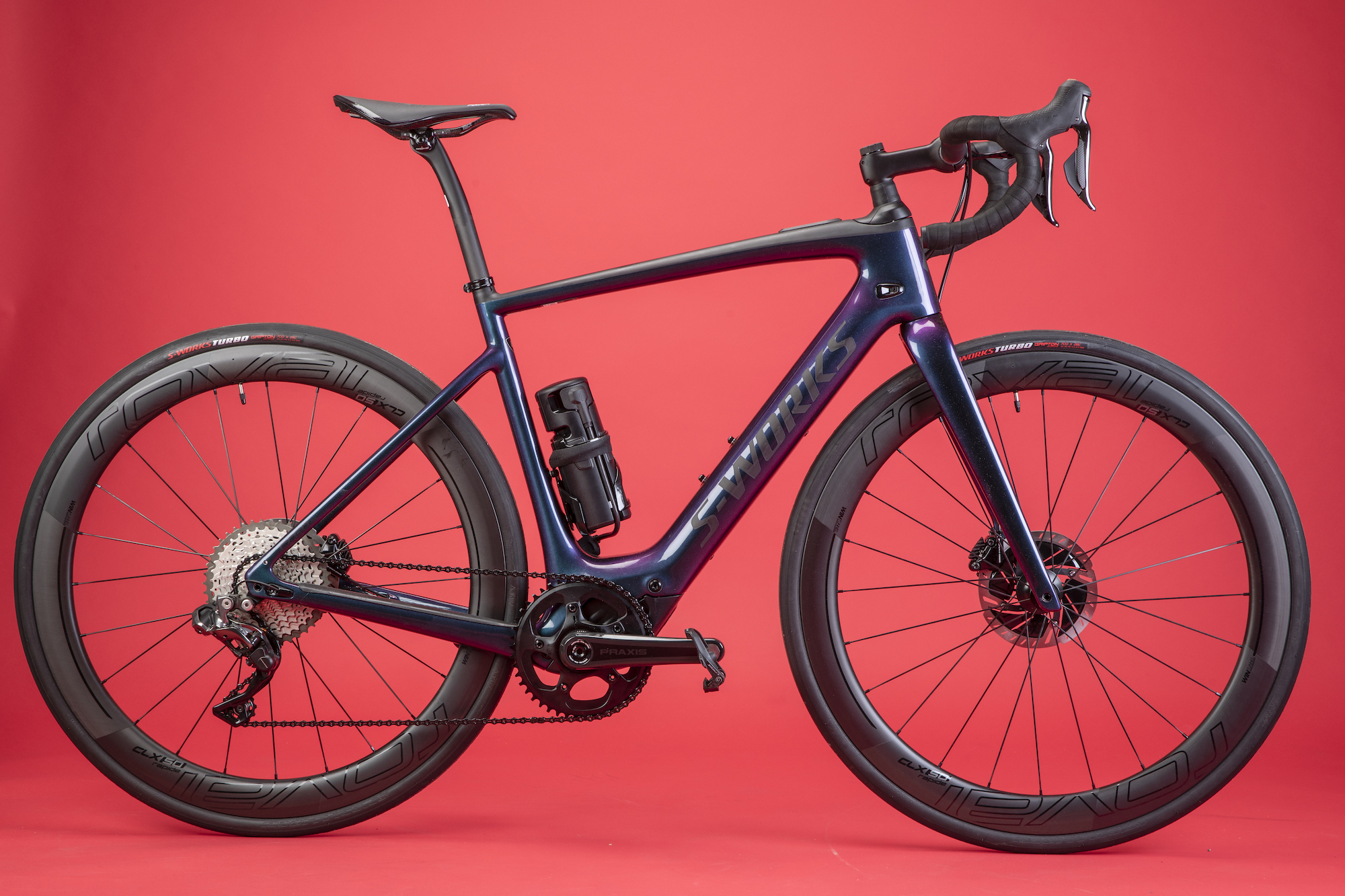
As previously mentioned, the torque number of the system is also really important and can have a dramatic impact on the ride feel of the bike.
Some brands have lower torque to prioritise a ‘normal’ ride feel, meaning there’s less of a ‘surge’ or powerful acceleration when you pedal.
Good examples of low torque motors would be Mahle's X35 system, which has 40Nm of torque or Specialized’s SL 1.1 system with 35Nm. Of course, the lower the torque setting the less ‘powerful’ the bike might feel and the more effort you’ll have to output yourself to get up climbs.
Fazua's Evation system, with its 55Nm of torque, is considered a middling amount whereas the Bosch Performance Line that delivers up to 75Nm of torque would be towards the top end. This can work brilliantly for e-MTB or gravel e-bikes where having extra torque can help you conquer difficult and steep technical climbs.
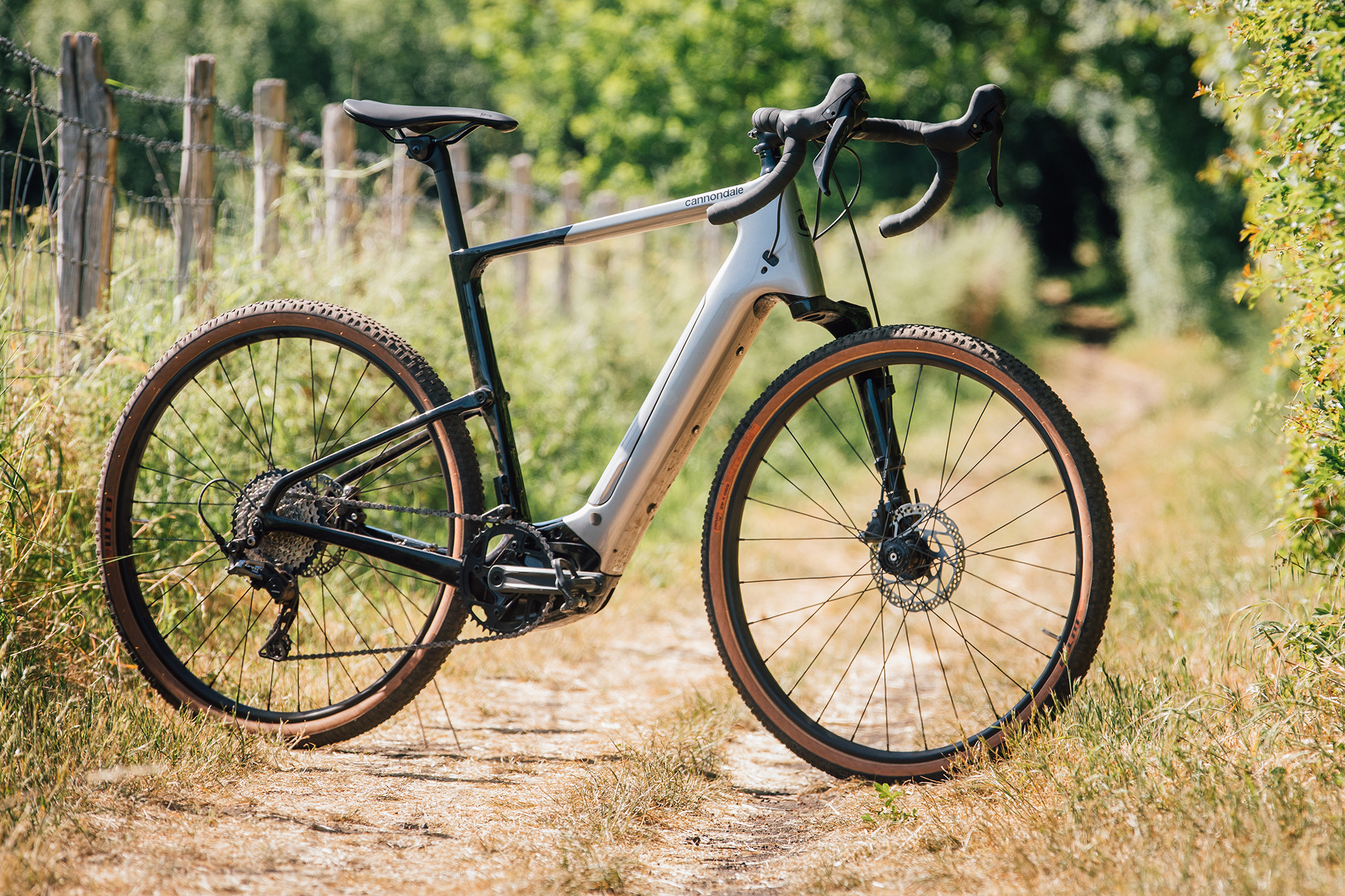
Bosch's Performance Line motors deliver a lot of torque, making them suited to off road riding
You should also look at what cadence range the system delivers power within because this will show if it’s in line with your pedalling or not. The more in line the power is delivered the more natural the riding experience. For example, systems on e-road bikes, notably the Specialized SL1.1 and Fazua now deliver support across a broad range of cadence. We'd recommend testing as many systems as you can to work out which feels right for you.
Battery capacity is something of a hot topic when it comes to e-bikes, but is of course really important. E-MTBs often have a large capacity battery because of their weight, the intensity of their use on steep and technical terrain and also because you’ll rarely go above the 25km/h limit when riding, meaning it’ll always be assisting you. Motor systems with bigger battery capacity include Shimano’s Steps system and the Bosch Performance Line.

The larger the battery capacity the more the bike will weigh. With this in mind e-gravel and to a much larger extent e-road often use smaller capacity batteries. Conversely, you will often get more range from them because you will spend far more time above the 25km/h limit where the motor won’t assist you and because of the bike’s lower weight.
You should also consider how you'll store and more importantly charge your e-bike. Some batteries are removable and can charge separately to the bike, which takes up significantly less room than if you have to charge it inside the bike. It is also possible to get additional battery packs for brands such as Mahle, Specialized and Bosch that typically sit in a bottle cage and boost your range.
You should definitely take stated ranges with a pinch of salt because many things will affect range, including temperature, rider weight, wind resistance, tyre pressure, elevation – the list goes on.
Once you know which system will complement your riding the most, then learn how far your system can take you by taking note of your rides and key data, such as ambient temperature and power mode used. There really is no substitute for experience when it comes to knowing how far your e-bike will go.
Some systems, like the Specialized Mission Control app, let you input the range you want, with the system regulating its power output to ensure that the battery will stay the distance. If your battery does give up, you can always pedal unassisted.
Resistance is also important, and by the resistance, we mean how easy it is to pedal the bike once you go above the 25kmh limit. Having ‘frictionless’ pedalling allows an e-road bike to feel much more normal.
Where and how to buy an e-bike
Just like any other bike we’d recommend you go down to your local bike shop, which can offer a wealth of expertise and help you make sense of any complicated jargon. They’ll also have loads of models that you can test ride.
There’s no longer a limit on the UK cycle to work scheme, meaning you can now buy an e-bike and benefit from the savings offered. It works through a salary sacrifice, meaning you pay for your bike in monthly instalments but before tax, so you make a saving. In total you can potentially save anywhere between 25% and 39% on the bike.
The other option worth considering if you have a non-assisted bike is to fit one of the best electric bike conversion kits. This can be a cost-effective way to give yourself an extra push if you don't mind getting your hands a bit dirty.
What accessories do you need?
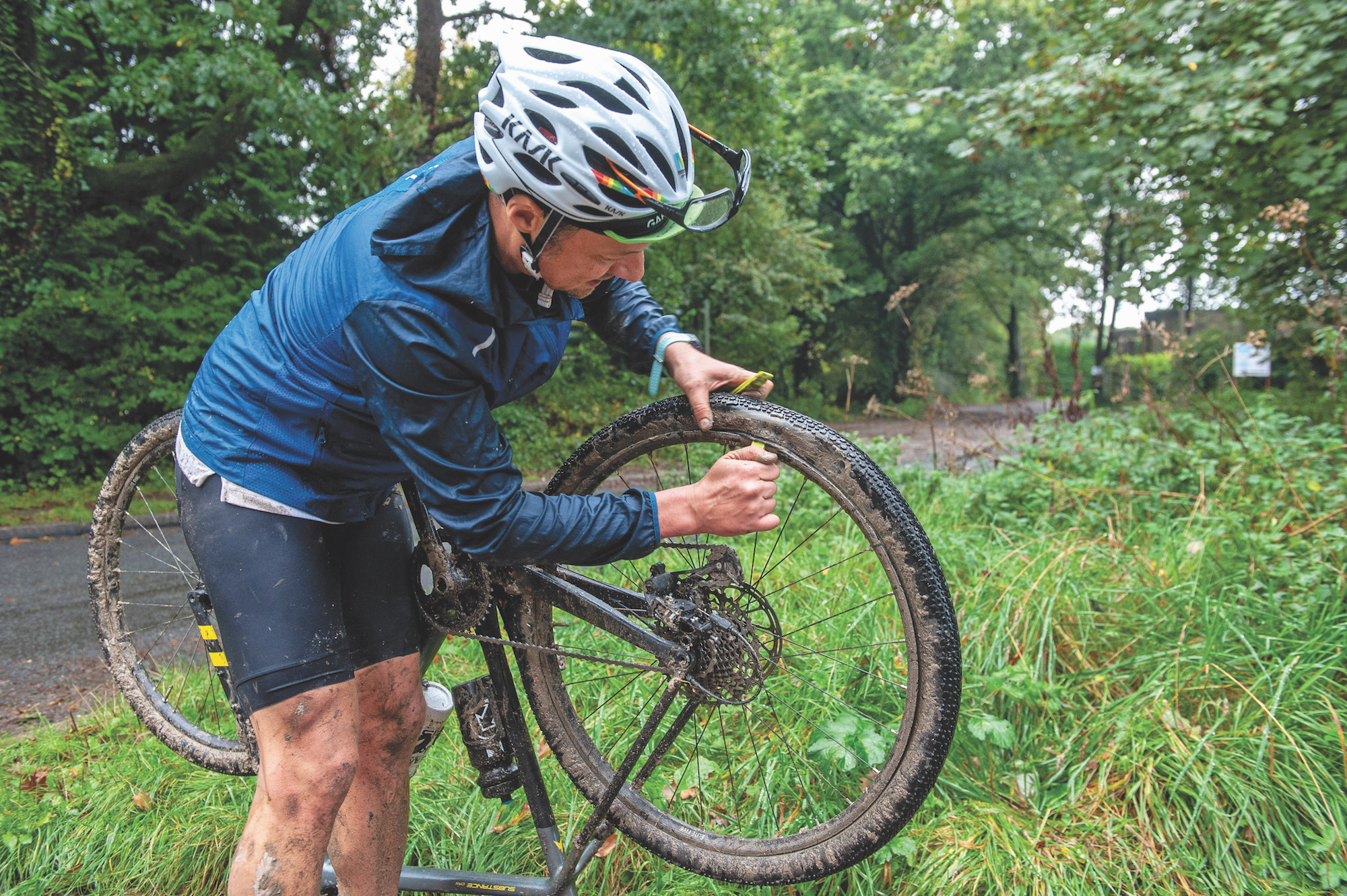
Hiss, boo...another puncture strikes
Just like when you buy a normal bike, there are accessories that you need to buy when you own an e-bike, too.
For starters you need a pump and inner tubes, as, unfortunately, e-bikes can get punctures, too. You’ll also need a multi-tool for assorted maintenance – don’t worry, you rarely if ever have to actually do any maintenance on the actual motor or battery system, we’d always recommend you take it to a specialist for this. Finally, you’ll need a set of lights to keep you visible.